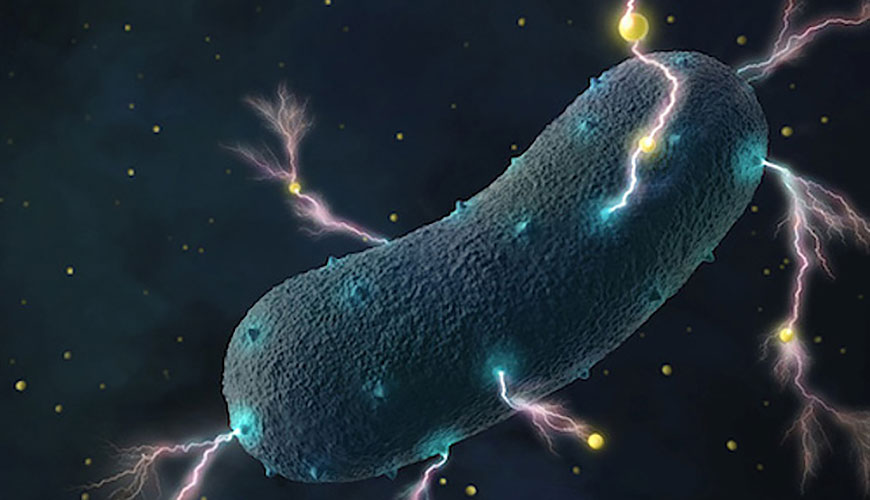
Scientific Achievement
A team of Foundry users and staff have discovered bacteria in the human gut that can transport electrons across their cell wall using a method different from other known electrogenic bacteria.
Significance and Impact
This is the first time that a wide-range of bacteria, including pathogens and industrially and agriculturally important types, have been shown to use an extracellular electron transport process. This discovery could create new opportunities for design of bacteria-based energy technologies and help determine how these bacteria infect or support a healthy gut.
Research Details
- The research team found that extracellular electron transfer (EET) activity occurs in a wide range of Gram-positive bacteria found in the human gut, including from the genera Listeria and Lactobacillus.
- The results indicate that the EET system gives these bacteria a competitive advantage in surviving within a mammalian gut, where the abundance of flavin molecules increases EET activity.
- The EET system in Gram-positive bacteria is simpler than in the Gram-negative bacteria that use this process in geologic environments, implying that mineral-respiring bacteria use the process for survival, but gut bacteria use it because it’s an easy way to maintain redox balance in an energy-rich environment.
S.H. Light, L. Su, R. Rivera-Lugo, J. A. Cornejo, A. Louie, A.T. Iavarone, C. Ajo-Franklin, D.A. Portnoy. Nature. (2018). 562 140-144. DOI: 10.1038/s41586-018-0498-z

